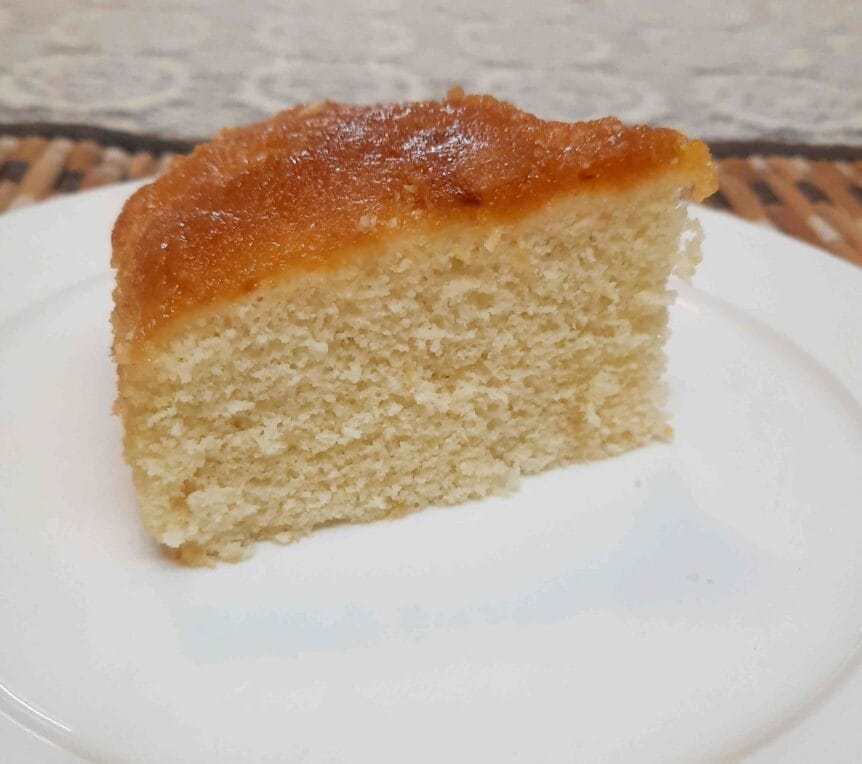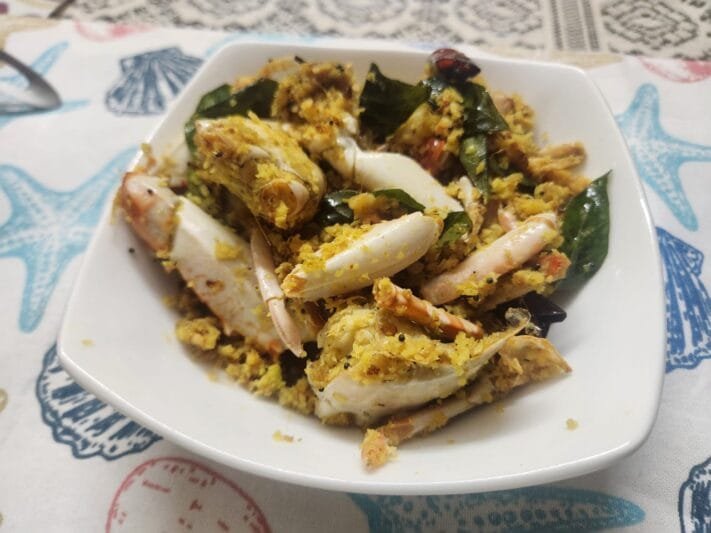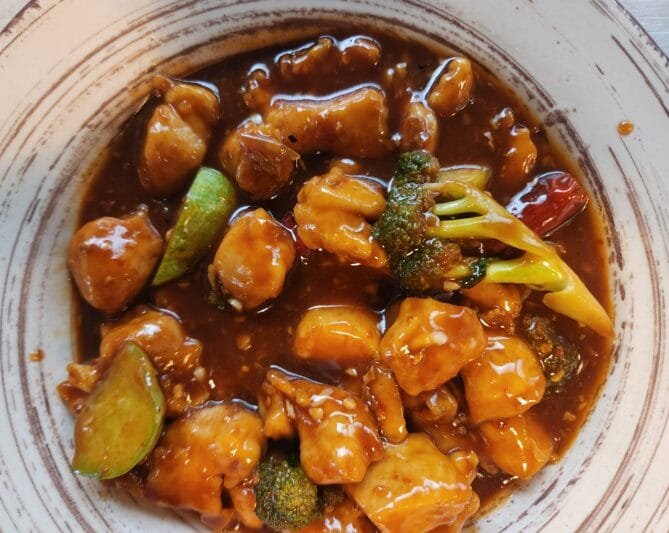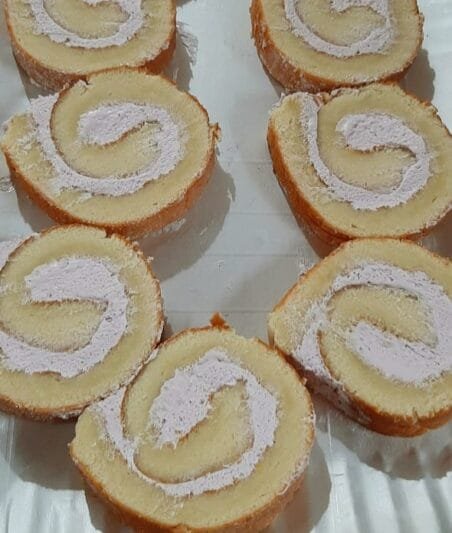From my childhood memories, one of the best things that come to mind is having hot banana fritters and tea while coming back home from school in the evening. My mom used to prepare this snack almost every week. There are different ways to prepare this snack, with the main difference lying in the preparation of the batter. These fritters are the perfect way to use ripe bananas before they go bad. Serve this lovely crispy treat to your family and enjoy a nostalgic delight.
Banana fritters are a delectable treat found in many cultures worldwide, offering a blend of the natural sweetness of bananas with a crisp, golden batter. This dish can be enjoyed as a snack, dessert, or even breakfast. The versatility of banana fritters lies in their simplicity and adaptability to different flavor profiles and dietary preferences. This article delves into the origins, preparation methods, variations, nutritional aspects, and tips for perfecting banana fritters.
Origins and Cultural Significance
Banana fritters are a part of many culinary traditions around the world. Their origin can be traced to regions where bananas are a staple fruit, such as Southeast Asia, the Caribbean, and parts of Africa. The basic concept of frying bananas in batter has universal appeal due to the widespread availability of bananas and the ease of preparation.
- Southeast Asia: In Indonesia and Malaysia, banana fritters are known as “pisang goreng,” often sold by street vendors as a popular snack.
- Caribbean: Banana fritters are a common breakfast item or snack, often flavored with nutmeg and cinnamon.
- Africa: Many African countries enjoy banana fritters, sometimes incorporating spices or serving them with honey or syrup.
- Western Adaptations: In Western cuisine, banana fritters are often seen as a dessert or brunch item, sometimes served with ice cream or powdered sugar.
Preparation Methods
Selecting the Bananas
- Choose ripe bananas with yellow skins and a few brown spots for the best sweetness and flavor.
- Avoid overripe bananas as they can become too mushy and may not hold their shape well during frying.
Making the Batter
- Basic Batter: A simple batter consists of flour, water or milk, a pinch of salt, and a bit of sugar. Baking powder or baking soda can be added for a lighter, crispier texture.
- Enhanced Flavors: Add cinnamon, nutmeg, or vanilla extract for additional flavor. Some variations use coconut milk for a richer taste.
- Consistency: The batter should be thick enough to coat the bananas but not too thick that it doesn’t spread, similar to pancake batter.
Frying
- Oil: Use a neutral oil with a high smoke point, such as vegetable or canola oil.
- Heat: Maintain oil at about 350°F (175°C). If you don’t have a thermometer, test by dropping a small amount of batter into it; it should sizzle and rise quickly.
- Cooking: Dip banana slices into the batter, ensuring full coverage. Fry in batches to avoid overcrowding, which can lower the oil temperature.
- Turning: Fry until golden brown, turning occasionally for even cooking (about 2-3 minutes per side).
Draining and Serving
- Remove fritters from oil using a slotted spoon and drain on paper towels to remove excess oil.
- Serve immediately:
- Simple: Dusted with powdered sugar.
- With Dips: Accompany with honey, maple syrup, or chocolate sauce.
- Enhanced: Serve with ice cream, whipped cream, or a fresh fruit salad.
Variations Across Cultures
Asian Variations
- Pisang Goreng: Often made with rice flour or coconut milk for a crispy batter.
- Thai Style: Coated with sesame seeds before frying for added flavor and texture.
Caribbean Variations
- Spiced Fritters: Infused with cinnamon, nutmeg, and allspice, often drizzled with rum sauce.
- Coconut Banana Fritters: Incorporate shredded coconut for a tropical twist.
African Variations
- Plantain Fritters: Uses plantains instead of bananas for a starchier, less sweet version.
- Ghanaian Tatale: Made with overripe plantains, onions, ginger, and chili peppers.
Western Variations
- American Style: Often served with powdered sugar and maple syrup.
- European Style: Sometimes accompanied by custard or fruit compote.
Nutritional Aspects
- Carbohydrates: Bananas provide natural sugars and dietary fiber, contributing to energy and digestive health.
- Fats: Frying adds fat, primarily from the oil used. Opt for healthier oils and drain well.
- Proteins: Adding eggs to the batter can increase protein content.
- Vitamins and Minerals:
- Bananas: Rich in potassium, vitamin C, and vitamin B6.
- Optional Ingredients: Whole-grain flour or nuts can enhance nutritional value.
- Caloric Content: Varies based on batter and frying method. A lighter batter and less oil reduce calories.
Tips for Perfect Banana Fritters
- Banana Ripeness: Ensure they are ripe but not overly soft.
- Batter Consistency: Smooth but not too thick or thin.
- Oil Temperature: Maintain around 350°F (175°C) to prevent greasy or burnt fritters.
- Batch Size: Fry in small batches to maintain oil temperature.
- Drain Well: Use paper towels to remove excess oil.
- Serve Immediately: Best enjoyed hot and fresh.
- Storage & Reheating: Refrigerate leftovers in an airtight container and reheat in an oven or air fryer.
Ingredients
- All-purpose flour – 1 cup
- Whole wheat flour – 1/4 cup
- Rice flour – 1 tablespoon
- Sugar – 3 tablespoons
- Salt – 1/4 teaspoon
- Turmeric powder – A small pinch
- Cumin seeds – A small pinch
- Water – 1.5 cups
- Oil – For frying
Method of Preparation
- In a bowl, combine all-purpose flour, rice flour, and whole wheat flour.
- Add sugar, salt, turmeric powder, and cumin seeds.
- Pour in 1.5 cups of water and mix well until the batter is thicker than dosa batter.
- Adjust sugar if needed.
- Peel and cut bananas into six slices each.
- Heat oil in a kadai.
- Dip each banana slice in the batter and carefully add to the hot oil.
- Fry 3-4 slices at a time until crispy and golden brown.
- Transfer to a tissue-lined plate to absorb excess oil.
- Serve hot with tea.
Important Notes
- Ensure the oil is hot before adding banana slices.
- The batter should not be too loose.
- Keep the flame at medium heat to avoid burning.
Banana fritters are a delightful culinary treat with a rich history and global appeal. Whether you make them as a nostalgic snack or a new culinary adventure, they are sure to be a hit!










